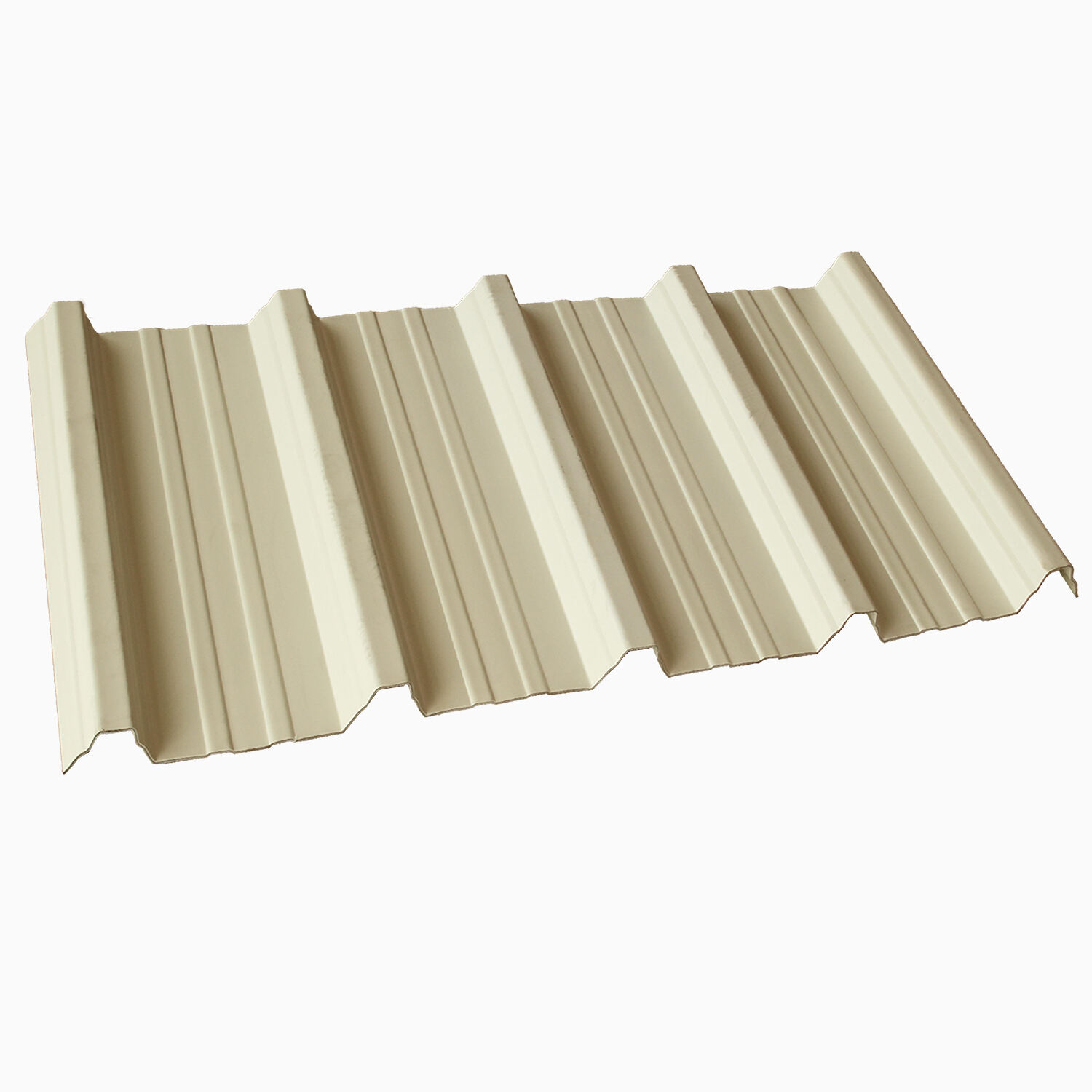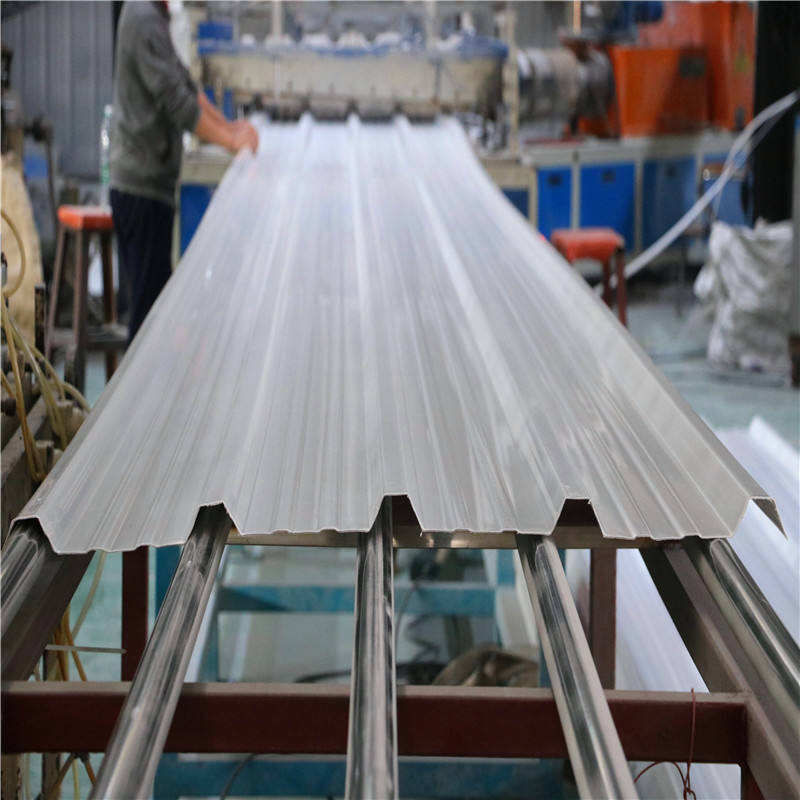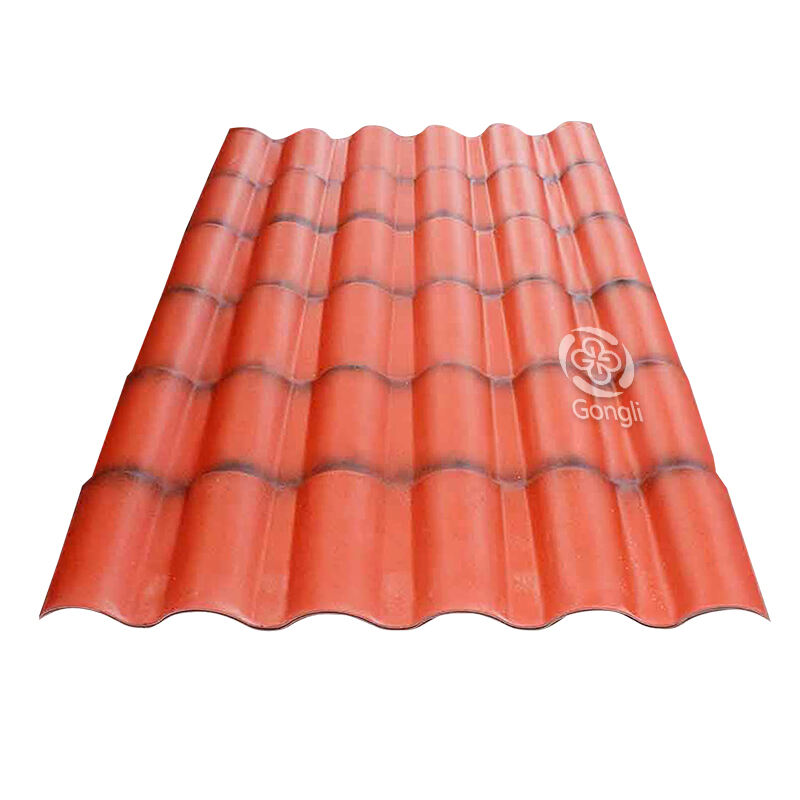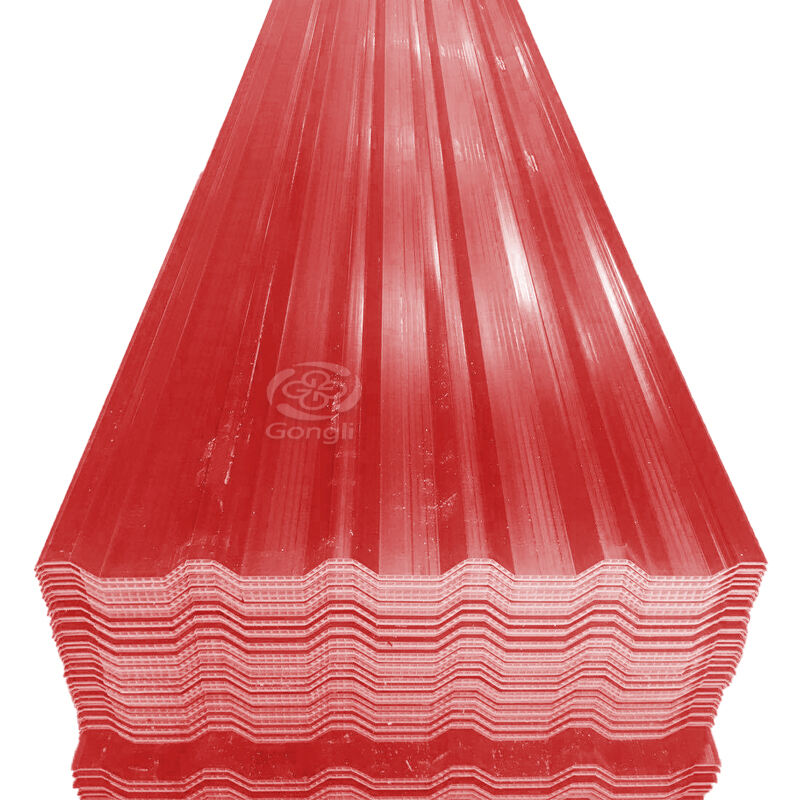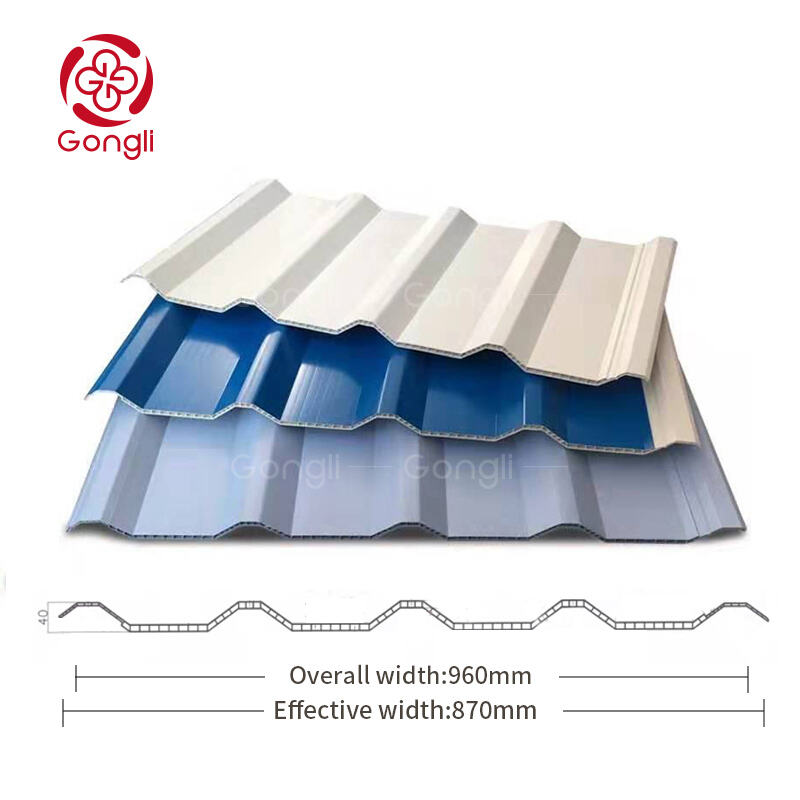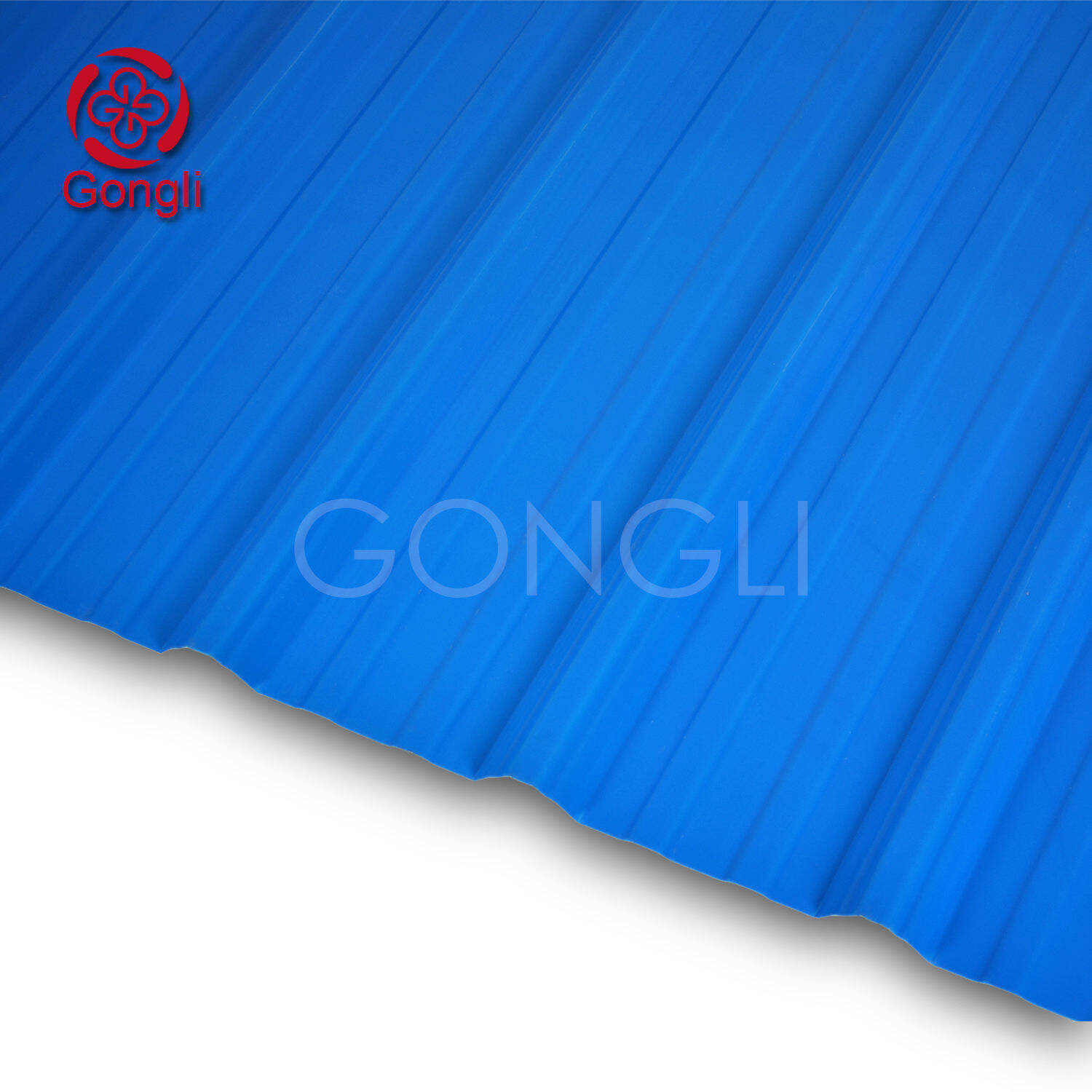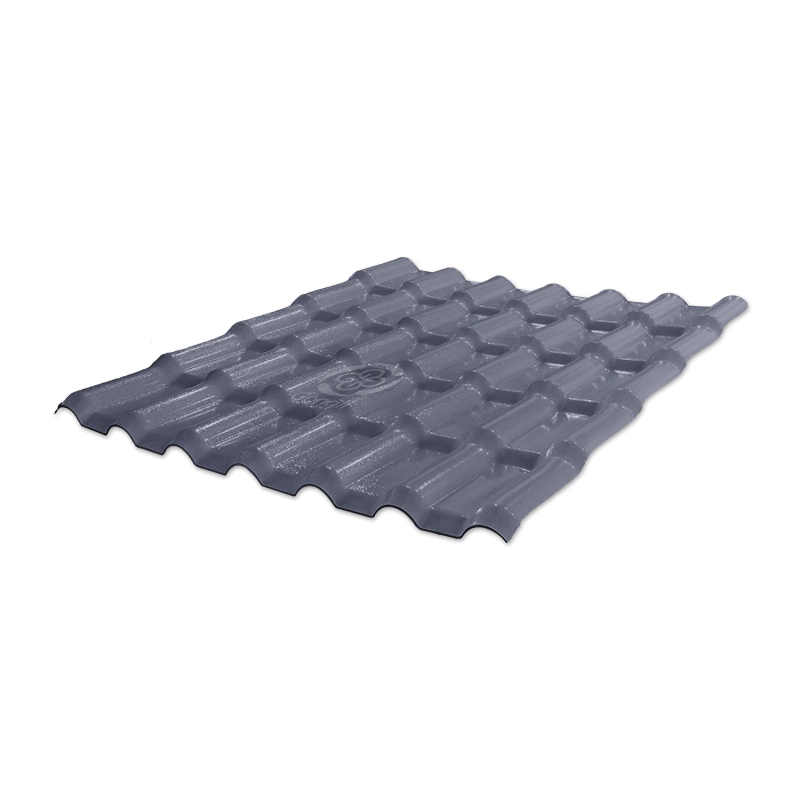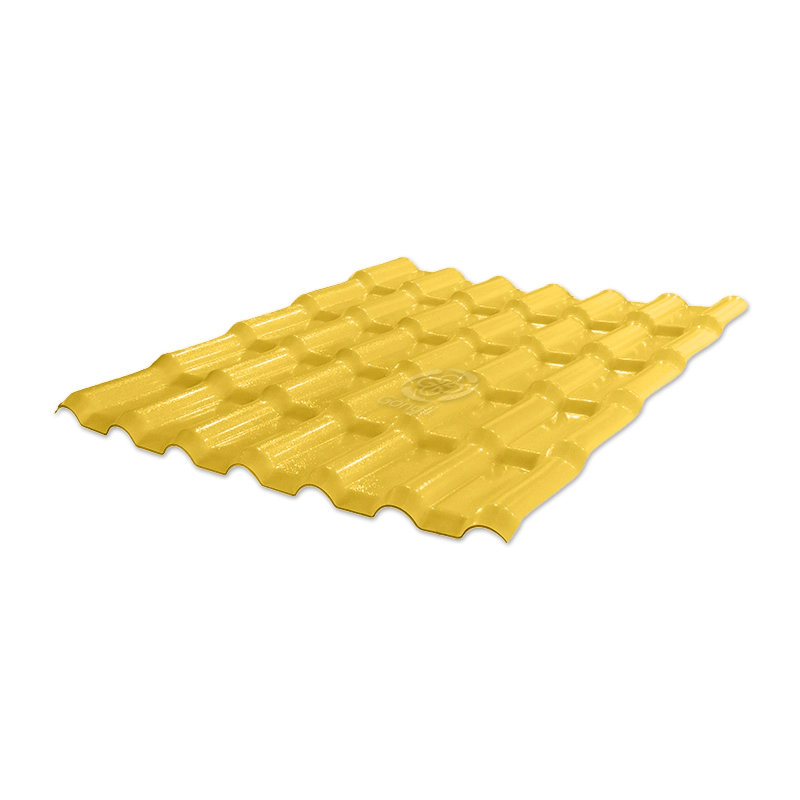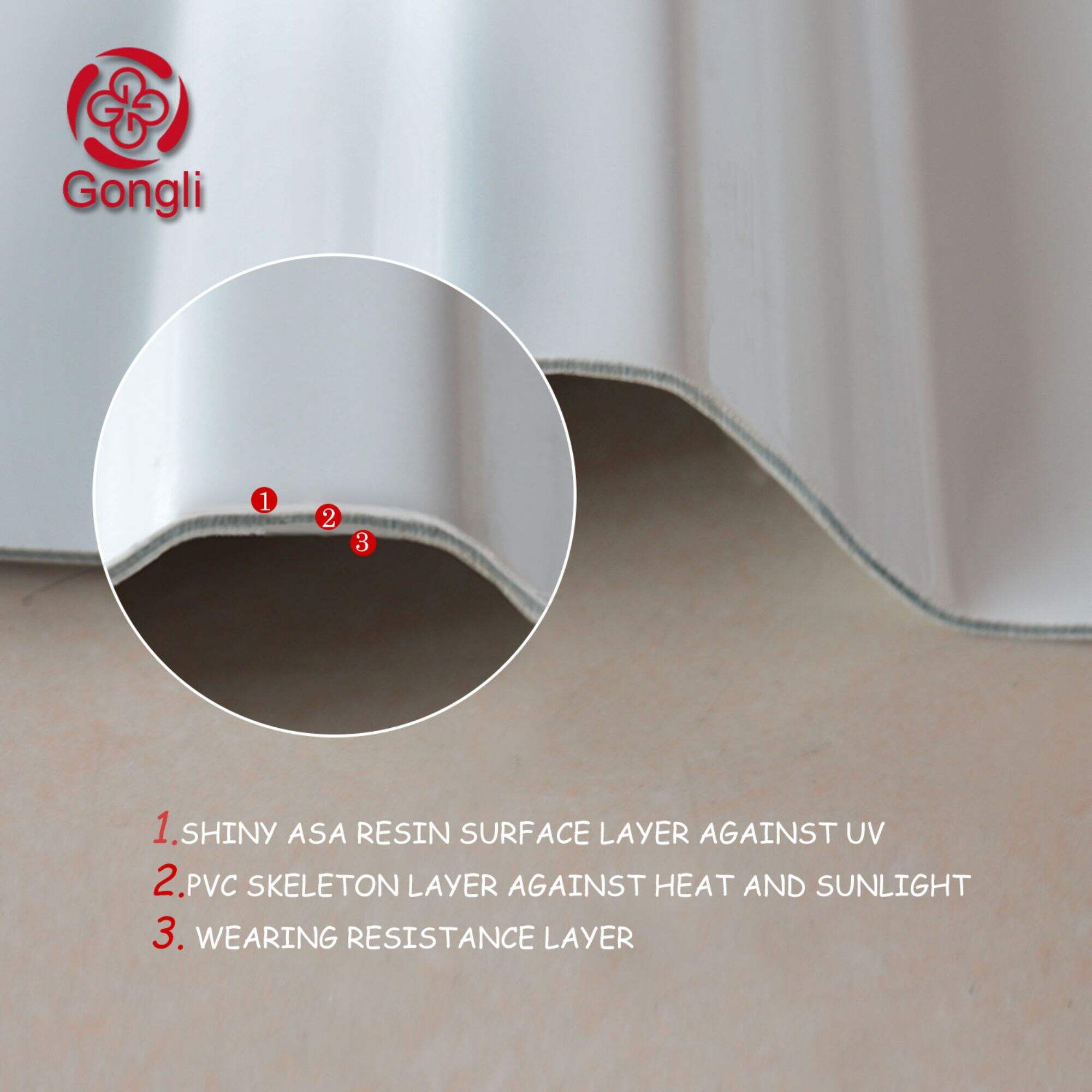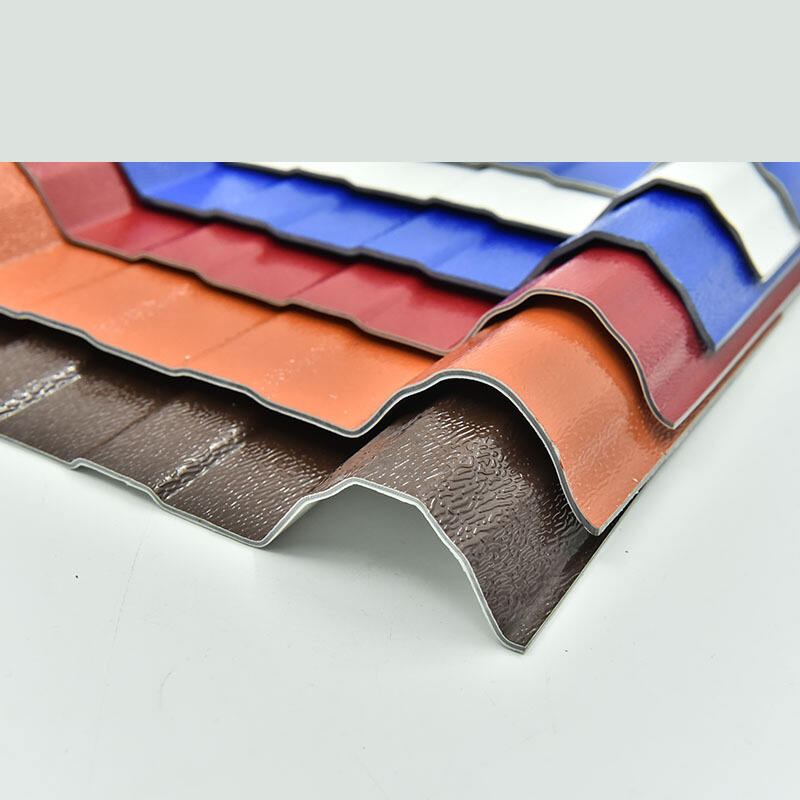Exploring the Versatility of Synthetic Roofing Materials
Key Benefits of Synthetic Roofing Materials
Superior Durability and Weather Resistance
Synthetic roofing materials are engineered to stand strong against harsh weather conditions including extreme temperatures, heavy rain, and high winds, making them suitable for a wide range of environments. According to several studies, roofs made from synthetic materials can last significantly longer, often exceeding 25 years without needing major repairs. This durability surpasses many traditional roofing materials, providing homeowners with peace of mind even in challenging climates. The resilience of synthetic roofing materials, especially in areas prone to severe weather, demonstrates their value over more conventional options.
Enhanced Thermal and Sound Insulation
Synthetic roofing materials offer excellent thermal insulation properties that help maintain indoor temperatures, potentially reducing energy costs. This energy efficiency is crucial in regions experiencing extreme weather, leading to less reliance on heating and cooling systems. Additionally, these roofing materials provide superior sound insulation, dampening external noise and enhancing comfort in both residential and commercial settings. Such soundproofing benefits are particularly advantageous in urban areas where noise pollution is a concern, contributing to a quieter and more serene indoor environment.
Lightweight Construction for Versatile Applications
The lightweight nature of synthetic roofing materials simplifies installation, significantly reducing labor costs and the time required onsite. This ease of installation can be beneficial across different sectors, ranging from residential to industrial applications. The versatility of these materials allows them to be used on various structures such as homes, agricultural buildings, and industrial facilities. Their adaptability not only caters to aesthetic preferences but also grants structural benefits, making synthetic roofing a smart choice for diverse building projects.
Innovative Applications in Modern Construction
Agricultural and Industrial Structures
Synthetic roofing materials are increasingly utilized in agricultural and industrial structures due to their exceptional durability and efficiency. In the agricultural sector, these materials protect valuable livestock and crops from harsh weather conditions, offering a reliable and cost-effective solution. Their unmatched strength makes them ideal for industrial buildings, where they cater to specific structural requirements and ensure long-lasting protection. Unlike traditional materials, synthetic options are designed to withstand challenging environments, providing peace of mind through reduced maintenance and enhanced performance.
Custom Plastic Roof Tile Solutions
Custom plastic roof tiles have become a popular choice for those wanting the aesthetic appeal of traditional materials combined with the benefits of synthetic alternatives. Manufacturers now offer customized options that mimic classic materials like clay or wood while delivering superior durability and ease of maintenance. These solutions are designed to meet aesthetic preferences without sacrificing strength or longevity, offering homeowners the best of both worlds. As a result, custom plastic tiles are ideal for enhancing curb appeal and functionality in residential and commercial buildings.
Square Roofing Material for Commercial Projects
Square roofing materials are specifically tailored for commercial applications, providing efficient installation and a cohesive appearance in urban settings. These materials are engineered to meet the unique demands of commercial roofs, offering excellent drainage and load-bearing capabilities to manage various environmental conditions. By choosing square roofing materials, businesses can achieve a seamless look that complements their architectural vision while benefiting from the robust performance of synthetic options. The combination of aesthetics and practicality makes square roofing materials an excellent choice for modern commercial projects.
PVC Twin Wall Hollow Sheet Product Line
885mm Green PVC Sandwich Twin Wall Paneling
The 885mm Green PVC Sandwich Twin Wall Paneling is a sustainable option ideal for projects prioritizing environmental responsibility. Made from recyclable materials, this paneling minimizes waste during installation, thus supporting eco-friendly practices. Additionally, its aesthetic appeal is matched by excellent energy efficiency, making it perfect for high-performance applications where both appearance and functionality are crucial. This combination of features ensures it meets the demands of environmentally conscious consumers and modern construction standards.
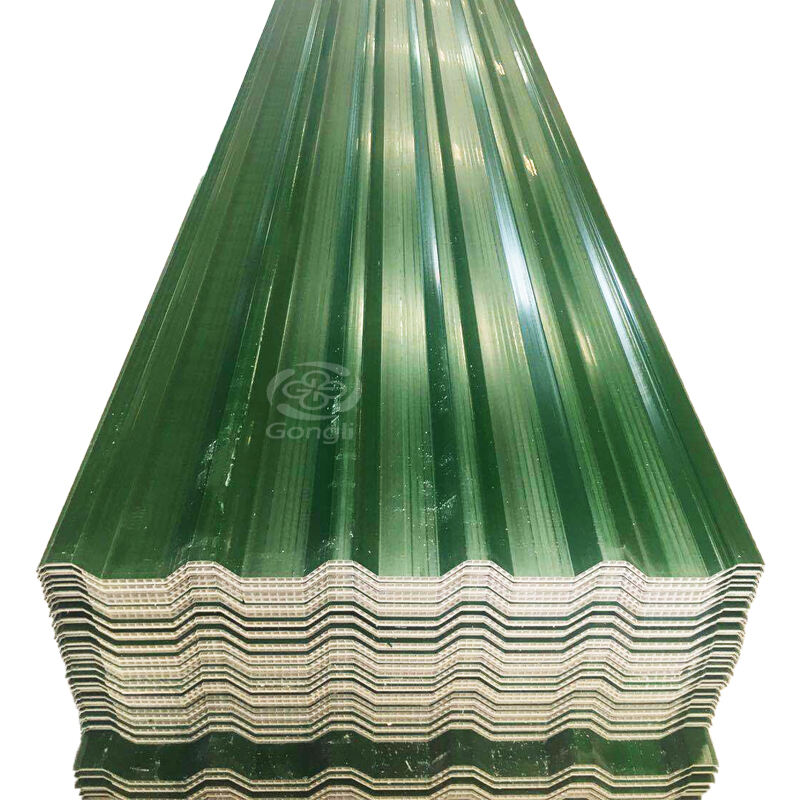
885mm Black UPVC Twin Wall Hollow Sheet
The 885mm Black UPVC Twin Wall Hollow Sheet is engineered for robustness, offering superior UV resistance, which makes it ideal for various weather conditions. This attribute not only extends the lifespan of the material but also makes it a popular choice for both commercial and residential installations. The black UPVC sheets provide a sleek and modern look, enhancing the architectural value while maintaining essential functionalities such as efficient weatherproofing. Its adaptation to diverse environmental conditions ensures optimal performance throughout its lifespan.
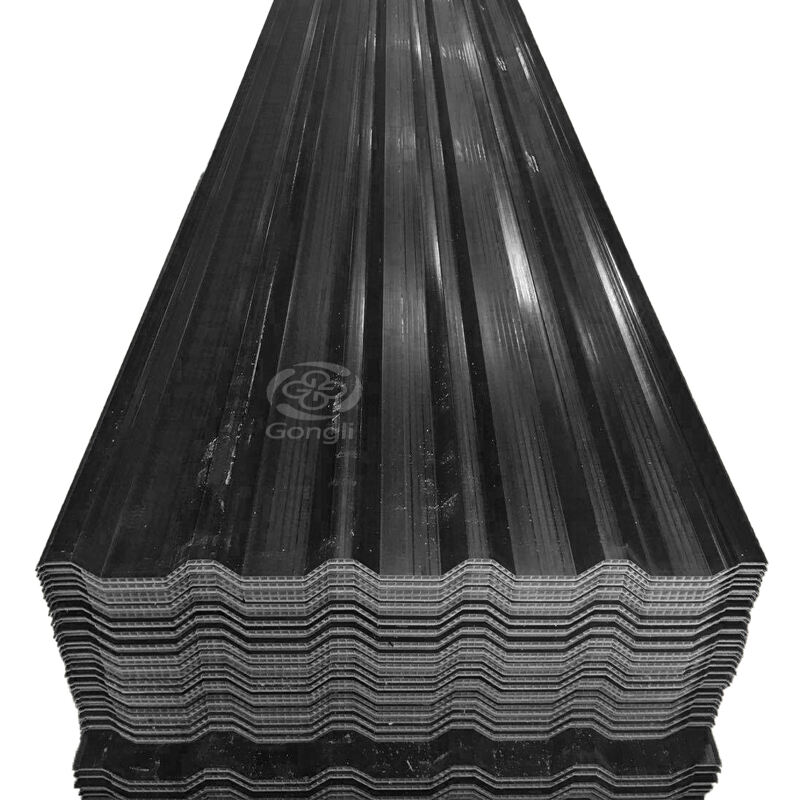
885mm Transparent Translucent UPVC Hollow Sheet
The 885mm Transparent Translucent UPVC Hollow Sheet is particularly advantageous for structures that benefit from natural lighting. These sheets allow ample light penetration, offering an energy-efficient solution for spaces like greenhouses and sunrooms. Despite their translucency, they maintain the strength and durability necessary for protective installations. By integrating these panels, users can enhance both the energy efficiency and the visual appeal of their protected spaces, ensuring a balance between functionality and beauty.
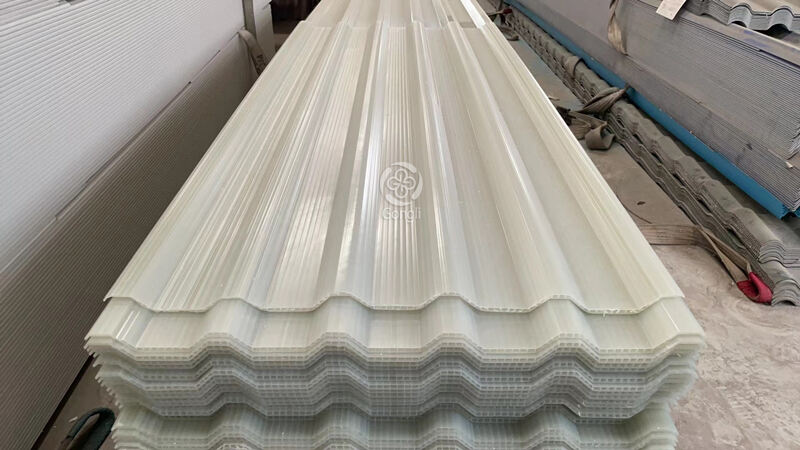
Performance Comparison: Synthetic vs Traditional Materials
Cost-Effectiveness Over Clay and Concrete
Synthetic roofing materials offer a cost-effective solution compared to traditional clay and concrete options. The lower total cost of ownership is one of their key advantages, considering both material and installation costs. In numerous case studies, switching to synthetic roofs in large installations has demonstrated savings upwards of 30%. This is significant for builders and homeowners looking to manage budgets without compromising on quality or durability. With synthetic roofing, cost-effectiveness doesn't equate to reduced performance; rather, it enhances the overall value proposition through strategic savings.
Maintenance Advantages vs Metal Roofing
When comparing synthetic materials to metal roofing, maintenance emerges as a clear advantage. While metal roofs often require regular upkeep to prevent rust, synthetic materials need minimal maintenance, translating to considerable time and cost savings for property owners. Research underscores that synthetic roofs experience fewer operational problems, which further contributes to lower maintenance costs over time. This advantage, coupled with the resilience of synthetic roofing against various weather conditions, makes it a practical choice for homeowners and commercial developers seeking longevity with less hassle.
Longevity Compared to Asphalt Shingles
One of the most compelling benefits of synthetic roofing materials is their longevity, which often surpasses that of asphalt shingles. Asphalt shingles typically require replacement every 15-20 years, whereas synthetic options can last significantly longer. According to studies by industry experts, synthetic roofs may last twice as long as traditional asphalt shingles, thereby reducing long-term replacement costs. This extended lifespan, combined with the durable nature of synthetic materials, provides a valuable investment for those looking to minimize future expenditures while maintaining a high-quality roofing system.
In summary, synthetic roofing materials offer a compelling alternative to traditional materials by providing superior cost-effectiveness, maintenance advantages, and longevity. Whether considering the upfront costs, long-term savings, or sustainability benefits, synthetic options are increasingly appealing for a diverse range of building projects.
Installation and Maintenance Best Practices
Optimizing Purlin Spacing for Structural Integrity
Proper purlin spacing is vital to ensure the structural integrity of synthetic roofing systems under various load conditions. Experts recommend spacing purlins at intervals not exceeding 24 inches. This spacing helps in distributing the load evenly across the roofing structure, preventing sagging and enhancing overall stability. By adhering to these best practices, you can maintain the durability and performance of your roofing system over time.
Chemical Resistance and Surface Care
Synthetic roofing materials exhibit excellent chemical resistance, which is crucial in protecting them from degradation caused by environmental elements. This resistance ensures that your roofing system maintains its integrity and strength over time. To preserve the surface quality and aesthetics of these materials, it is advised to follow a routine cleaning schedule. Regular cleaning helps in maintaining the roofing's durability and appealing appearance, contributing to its longevity.
Maximizing Color Retention with ASA Layers
The application of ASA layers on synthetic roofing materials significantly boosts color retention, helping to preserve the roof's aesthetic appeal for many years. According to industry experts, ASA-protected roofs require less frequent repainting and show a higher resistance to fading. This protection not only enhances the visual appeal of the roofs but also minimizes long-term maintenance efforts, ensuring that your structure remains attractive and well-protected.
Recommended Products
Hot News
-
How to choose the right roof tile
2024-01-24
-
PVC Plastic Tiles: The Ideal Roofing Material
2024-01-24
-
The Essentials of Synthetic Resin Tile Manufacturing
2024-01-24

 EN
EN
 AR
AR
 BG
BG
 HR
HR
 CS
CS
 DA
DA
 NL
NL
 FI
FI
 FR
FR
 DE
DE
 EL
EL
 HI
HI
 IT
IT
 JA
JA
 KO
KO
 NO
NO
 PL
PL
 PT
PT
 RO
RO
 RU
RU
 ES
ES
 TL
TL
 IW
IW
 ID
ID
 LT
LT
 VI
VI
 TH
TH
 TR
TR
 AF
AF
 MS
MS
 KM
KM
 LO
LO
 MY
MY

